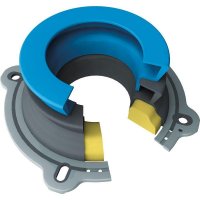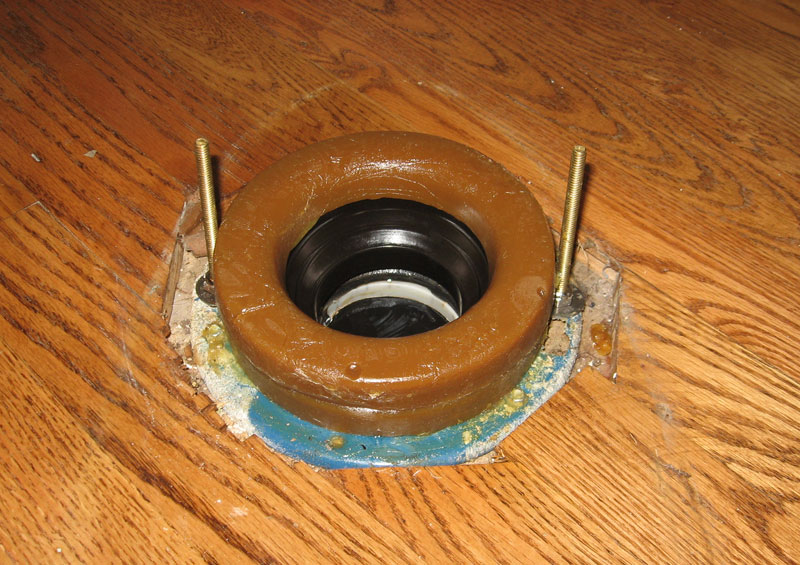Hello everyone,
I'm new to this website and wondering how the Community thought about Toilet Seals.
If costs were not an issue, and based solely on performance and reliability, which type of Toilet Seal would you recommend when installing a Toilet?
1) Tradition Wax

2) Tradition Wax WITH Funnel
---- Wax Rings:
3) Fluid Master Toilet Seal


4) Korky Brand Seal

5) Sani Seal

6) Fernco Non Wax Gaskets

I'm new to this website and wondering how the Community thought about Toilet Seals.
If costs were not an issue, and based solely on performance and reliability, which type of Toilet Seal would you recommend when installing a Toilet?
1) Tradition Wax
2) Tradition Wax WITH Funnel
---- Wax Rings:
3) Fluid Master Toilet Seal
4) Korky Brand Seal
5) Sani Seal
6) Fernco Non Wax Gaskets
Last edited by a moderator:


